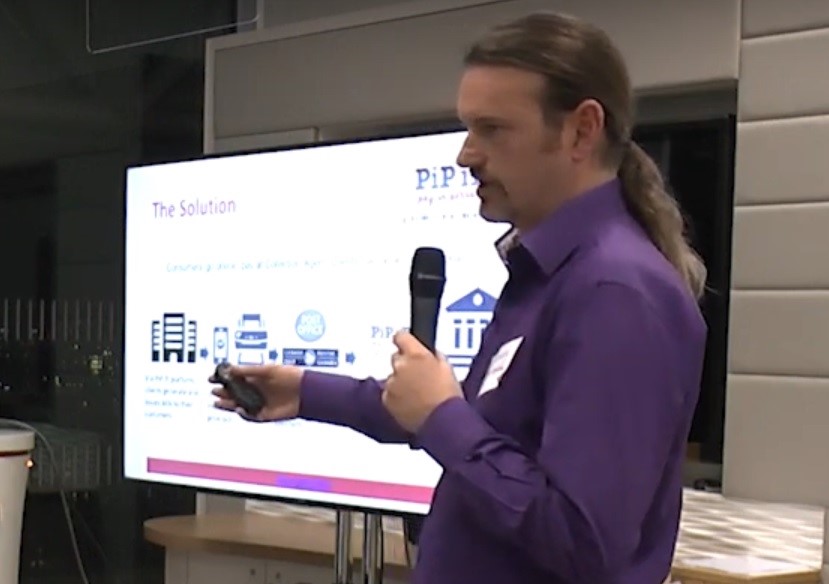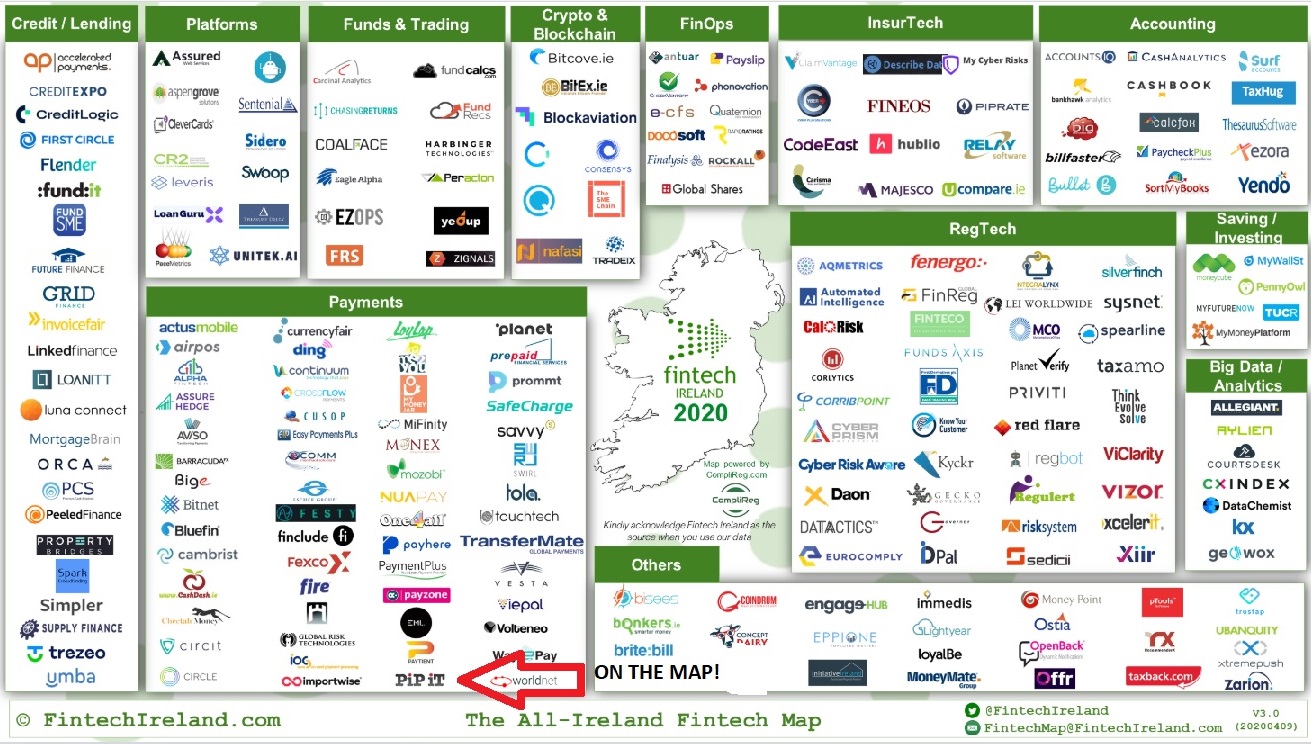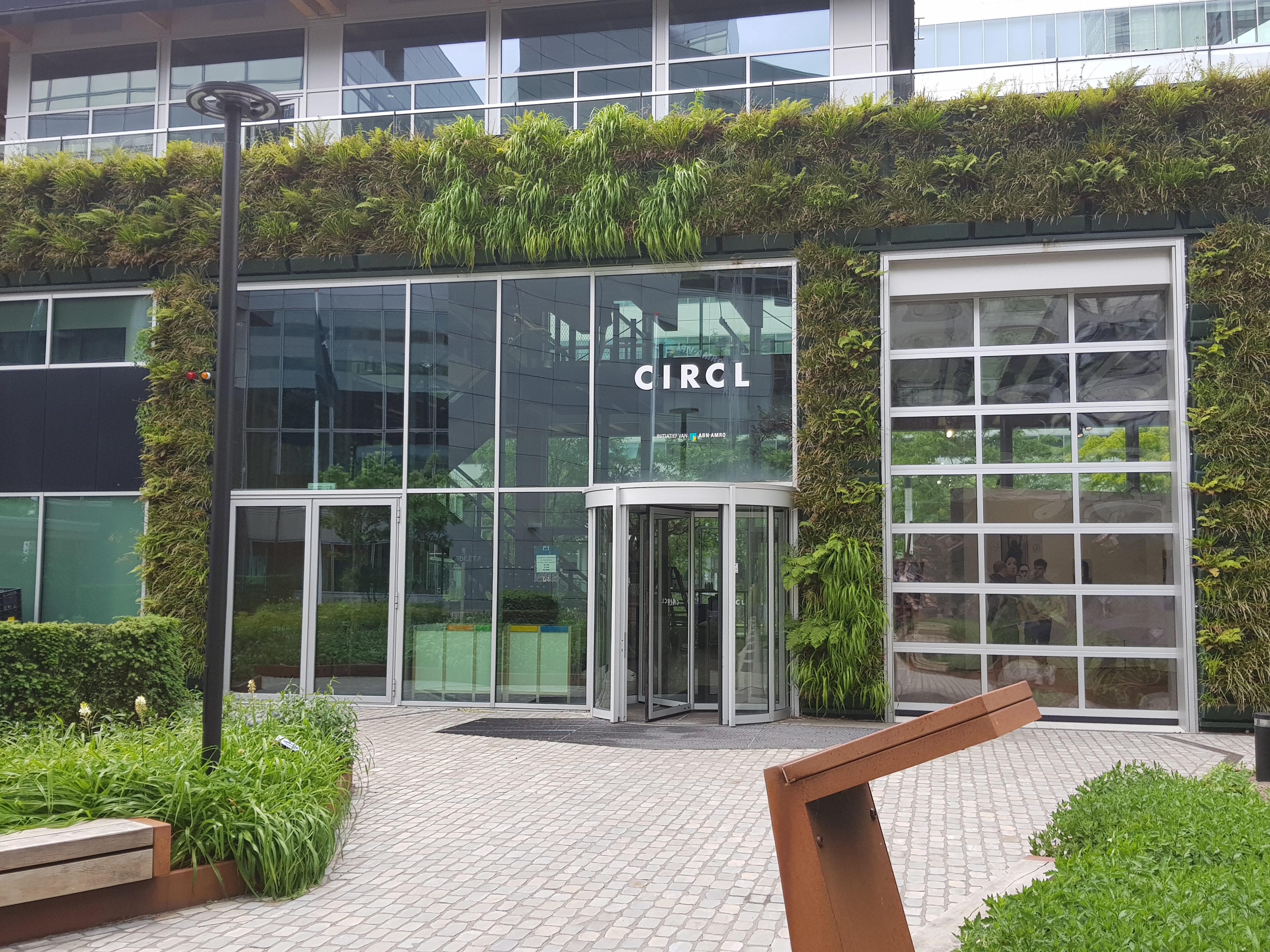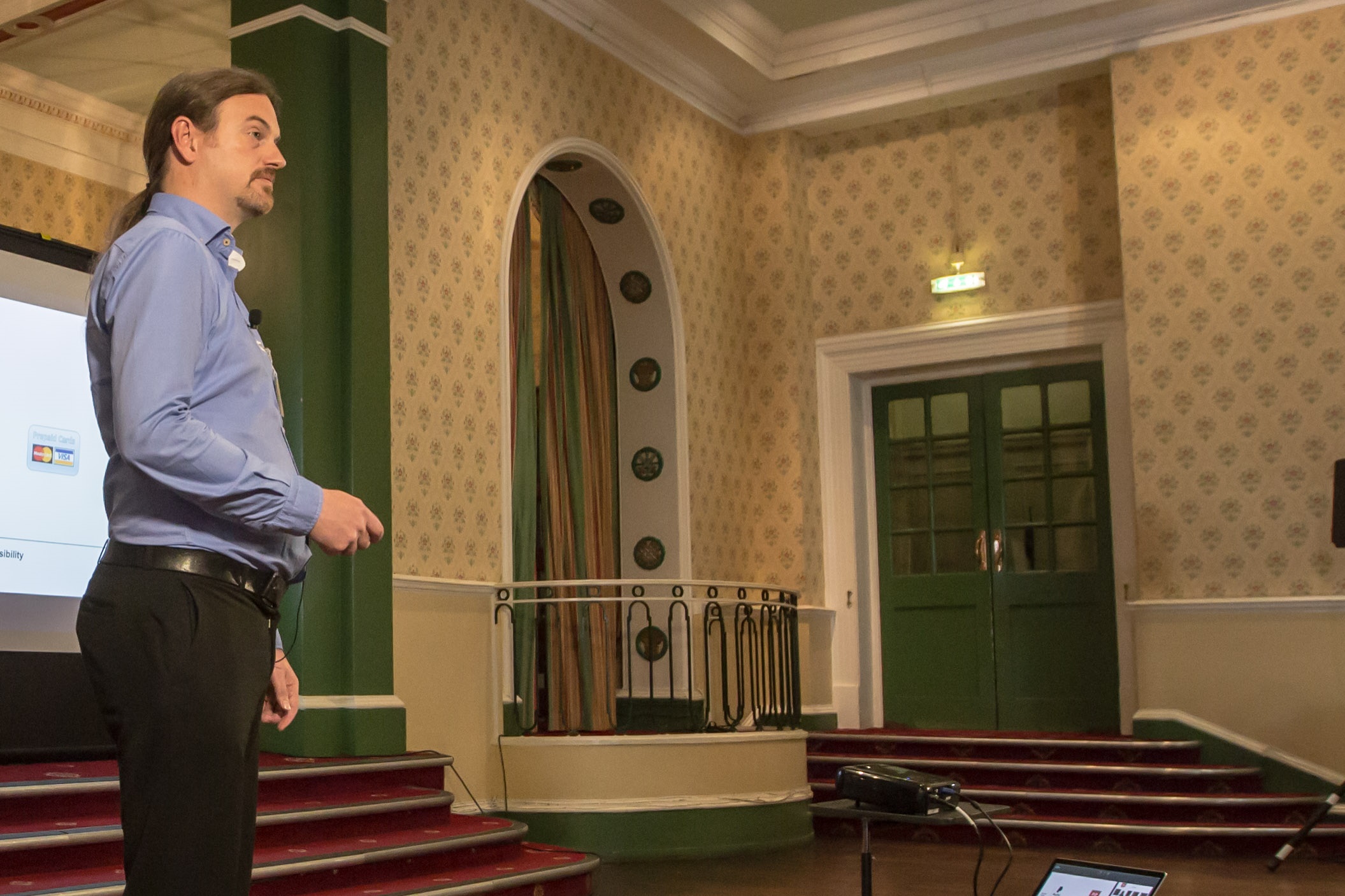
Critique Of My Own Pitch
As the CEO of a start-up you spend a lot of time pitching your company. You pitch it for sales, you pitch it for recruitment, you pitch it for a slot to pitch at a pitching event and, of course, you pitch for funding. For most of these you are in a close setting, around a desk. This might be a high-pressure meeting, but the setting is familiar and relatively comfortable. Frequently though, you will have to pitch on stage to a group. For me – and for most people I think — a formal pitch like this is something outside of their comfort zone. I have been pitching PiP iT for six years. I have run the gambit of a stand-up pitch to five investors in a room, to 100 investors at a FinTech Circle investment event in London, to an audience of 300 people at Seamless Payments in Dubai.
This blog isn’t about what should be in your slides – proposition, market size, competition, USP’s, The Ask etc, I’m assuming you have that right. This is about preparing for standing up in front of a crowd and getting your message across. Here are some things I learned along the way that might help as you prepare for that pitch.
I have also included a link to a video of me pitching at New Finance event in London to critique to make sure I’m learning my own lessons!
First and foremost, prepare.
Write your script.
Learn it.
It amazes me how often the person pitching on stage has clearly put a lot of work into the deck but hasn’t prepared what they are going to say. You might think you know your business so well you can talk for 5 or 10 minutes without a script, but it will come across as ad hoc/winging it, with you probably repeating some points and leaving others out. Not planning what you are going to say will inevitably lead to gaps in the information you provide the audience. In this case, the Q&A after the pitch will waste time as the audience tries to clarify your proposition, as opposed to more valuable interactions with potential investors.
Know what you are going to say for each slide. Make sure you know how long the pitch is and prepare your deck and script for that time frame.
A few years ago, I pitched at the Thinking Digital event in Newcastle. They had a strict seven-minute time limit, with a claxon to cut the pitcher off if they ran over. I had prepared slide-by-slide script and edited/practiced it into seven minutes. On the day I ad lib-ed 2 extra sentences on one of the slides and got cut off for the last 20 seconds of what I had to say. The last sentence was ‘the ask’, the most important sentence.
Needless to say, I didn’t get past that round of the pitching.
Making sure you get all your key points across and your presentation aligns with the slides is the most important reason for the script. However, there are other reasons to know the script. One is staying engaged with the audience. You need to maintain that connection and if you are looking behind you at a screen to prompt yourself what to say, you break that connection and the body language is terrible.
There could also be unexpected problems with your deck. An unusual example I once had to give an early morning online pitch as part of a competition to work with an Austrian retail group who were looking for digital services they could sell via their till systems in store. I got to the office early, before anyone else, but had forgotten my keys so was locked out! My laptop was inside so I had no access to the deck and had to do the pitch over the phone with no slides. (I passed that stage and got picked for a two-day workshop in Salzburg, but unfortunately didn’t get picked to work with them).
If there is going to be a presenter screen (find out in advance if there is or not), don’t rely on that instead of learning your slides. Technology at pitch events frequently goes wrong! In preparing for the pitch event in the video below, I confirmed that I would have a presenter screen, but as you can see in the video, it was set up behind where they had the presenters stand! (It’s the laptop to the left of the big screen) You can see in the video I look at it several times. I hadn’t prepared well enough as I had expected a screen in front of me. Specifically, I went through the user journey earlier than I was supposed to and then repeated it at the correct slide. The pitch in Dubai there was a presenter screen, but if froze on my opening slide. Fortunately, I had learned the lesson from the video.
In the early days of PiP iT we participated in Dot Forge Impact Accelerator in Sheffield. The finale was a pitch event in Bloomberg’s London office to an audience of around 100 investors. There were thirteen companies pitching and we had all submitted our slides a few days earlier, all on Powerpoint. Three of the pitchers had animations in their presentation. For some reason the people running the event converted all the decks to PDF (so no animations), but they hadn’t told anyone. This left presenters with awkward gaps in their presentation that they had to fill at the last minute.
If you are scripted and ready, none of these tech/organisational issues will be a problem. If not, these issues will throw you and it will be an uphill struggle to get your message across.
On the tech front, you might have to use a mic – either the lapel type or handheld, which can be very distracting if you are not used to it. Find out in advance if you will have a mic and prepare for that. I find having to hold a mic awkward, as opposed to being able to hear myself when I speak, which distracts a lot of people. I attended a pitch event recently and one of the pitchers had planned on showing a demo to the room on his phone, which was displayed on the big screen. However, he had to hold a mic. Try holding a mic and talking into it while doing a demo on a phone… It was a disaster. If he knew in advance about the mic, he would have had a different pitch.
Once you have your deck and script ready, practice in front of people. – your team, your friends, your family – if you can’t do it in front of them, you certainly can’t do it in front of strangers.
Once you are pitching, don’t let mistakes distract you. In this pitch I mix up Zympay and Zeepay when discussing markets and I say ‘Columbia’ instead of ‘Cambodia’ and then correct myself. When you do make a mistake, it can really throw you off script and you might be scrambling to recover. Practice is the only way to avoid this. Knowing what you are going to say next, despite the mistake.
At the end of the pitch there is usually a Q&A session. For this you need to know your business/market/opportunity inside out. Most of the questions you can anticipate and are an opportunity to expand on the information in the pitch. However, there will be left field questions and occasional nutters in the audience. I find the best way to deal with them is tell them you will answer their question off stage and shut them down. The Q&A time will usually be limited too, so you can’t afford to have it wasted by someone distracting you and the audience.
As for presentation style, I think that aligns with your personality and confidence level. You will see people walk around the stage, move closer to the audience or stay behind a podium. My friend and mentor Bob Rosenberg is always telling me I need to be more animated when I’m pitching, but this video shows me about as animated as I get! For me to put on an act on stage I think would make it difficult for me to focus on getting my message across. If it works for you though, go for it!
For this particular pitch I’m going to give myself 7/10. It was pretty good, despite a few fumbles, but the disconnect with the audience, by looking at the screen, lost me points.
With this particular event, we generated a lot of good PR, but not any investment. My pitching to date for PiP iT has generated €1.5m in investment for the company, but there’s plenty of fundraising left and lots more room to improve.






